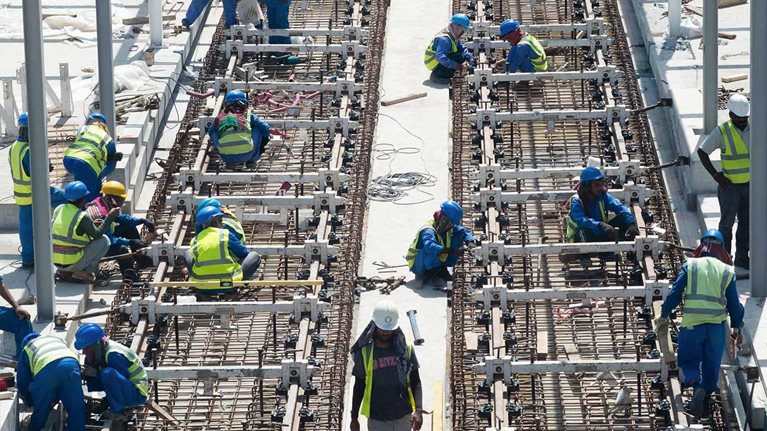In two wide-ranging conversations, participants explored paths to improve project delivery performance and productivity and opportunities for either incoming US Administration to support their mutually expressed goals to increase infrastructure investment.
Context: We have seen that our industry has experienced poorer productivity over the past 30 years while other industries see vast improvements. A recent review of major capital projects shows that 90%+ experience cost and/or schedule overruns due to a variety of reasons. It is also well known that profit margins of most engineering and construction companies are in the low to middle single digits consistently year after year, leaving little for investments in research and innovation.
However, creative and proven management processes and innovative technology-enabled solutions—from drones to next gen BIM, digitization and advanced data analytics—could boost productivity between 20 and 25 percent and help close the gap between the demand for new capital projects and infrastructure and the forecasted available public sector funding.
The NYC Metropolitan Area is positioned for leadership with a market eager to innovate and a thriving demand for major capital projects.
Some of the key themes included:
- Project performance can make tremendous gains from investment in regulatory process improvements. The US regulatory cycle for major projects exceeds nine years and is done in other developed countries in one-third the time. Agencies are hamstrung by legacy regulations that prevent the use of “alternative” delivery models proven and now common in the Private Sector (e.g. Design/Build.) To improve project performance, public agencies need greater flexibility and latitude to utilize proven solutions and adopt industry innovations and best practices.
- Real investments by the public and private sectors in skills training and talent attraction will reap long-term value in reducing project delays, cost overruns, and sub-optimal deployment of available funds. Project management teams frequently do not have the capacity or experience to handle large-scale projects. The private sector will see returns by supporting public sector requests to strengthen capabilities in procurement and project management.
- Improvements to the risk balance and incentive structure in design and construction contracts will align parties towards better project performance. The public sector has concerns about private sector priorities, feeling decisions are driven by bottom-line returns instead of project performance. It reacts with prescription instead of allowing delivery partners freedom within a “performance” framework. The private sector experiences frustration with the public sector’s deliberate decision making process, many regulations, and political concerns that impede their ability to introduce and gain from clear performance improvements. Contracts that allow each party operational freedom within their own expertise will help improve project delivery and performance and re-establish diminished trust.
- Technology is coming to construction. The internet of things, advanced analytics, management and design software, collaboration platforms, and new materials provide evidence the construction industry may be at the beginning of step change improvements in productivity, with the potential to disrupt existing delivery approaches, supply chains, and results.
- Funding gaps can be narrowed not only with more money, but also by optimizing costs for committed projects and prioritizing high economic value added projects. Life Cycle costing, disclosed early and often through a project’s life, will help understand its true economic impact. Fast-tracked investment in projects that deliver high economic value (like Gateway) will provide returns that bridge existing funding gaps.
- The inconsistent role of the Federal government introduces a system stressor. Lack of committed action to increase and disburse Federal infrastructure funds consistently and reliably has left states and municipalities with an uncertain future. Shifting appropriate infrastructure decision making from the Federal domain to State and Municipal entities will clear a process impediment. The delivery and performance of infrastructure will benefit from allowing more localized management and prioritization by municipalities.


